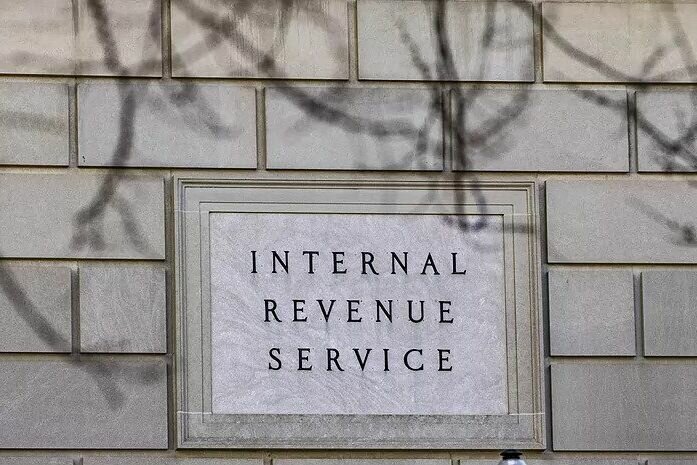TeaHe Internal Revenue Service Created a tool to help students and parents filing tax returns so that they can check the information they need to fill Free Application for Federal Student Aid (FAFSA) Form.
Not only this IRS Data Retrieval Tool (IRS DRT) Allows taxpayers to access the information, but it also helps them to transfer the data directly to their FAFSA form.
The IRS website reads, “IRS DRT allows you to securely transfer basic IRS tax return information, but not Form 1040X amended tax return information.”
“If you filed a Form 1040X amended tax return, you may need to work with the financial aid administrator at your college or career school to make sure that any information you correct on Form 1040X is available to you. appear in the amounts transferred in the FAFSA form.”
The IRS DRT is the easiest way to obtain tax information and ensure that the FAFSA form includes all the necessary data. Using this tool means that you will not be asked to provide a copy of your parent’s tax return to your college.
According to consumer banking company Sally Mae, 70 percent of households completed the FAFSA last year and about 72 percent are expected to do so this year.
Rich Finn, Vice President of Discover Student Loans, told CNBC: “Given the uncertainties in the economy around inflation and recession fears, it is understandable that some families may consider paying for college and applying for federal aid. Feeling the impact.”
Who is eligible for FAFSA?
To be eligible for federal student aid, you must be either a U.S. citizen or an eligible noncitizen, demonstrate financial need for need-based federal student aid schemes and be enrolled to enroll in an eligible degree or should be accepted. Non-citizens who have a permanent resident green card are considered eligible.
